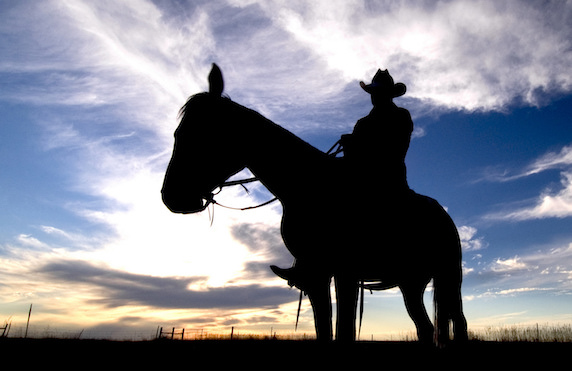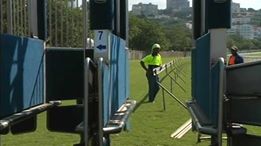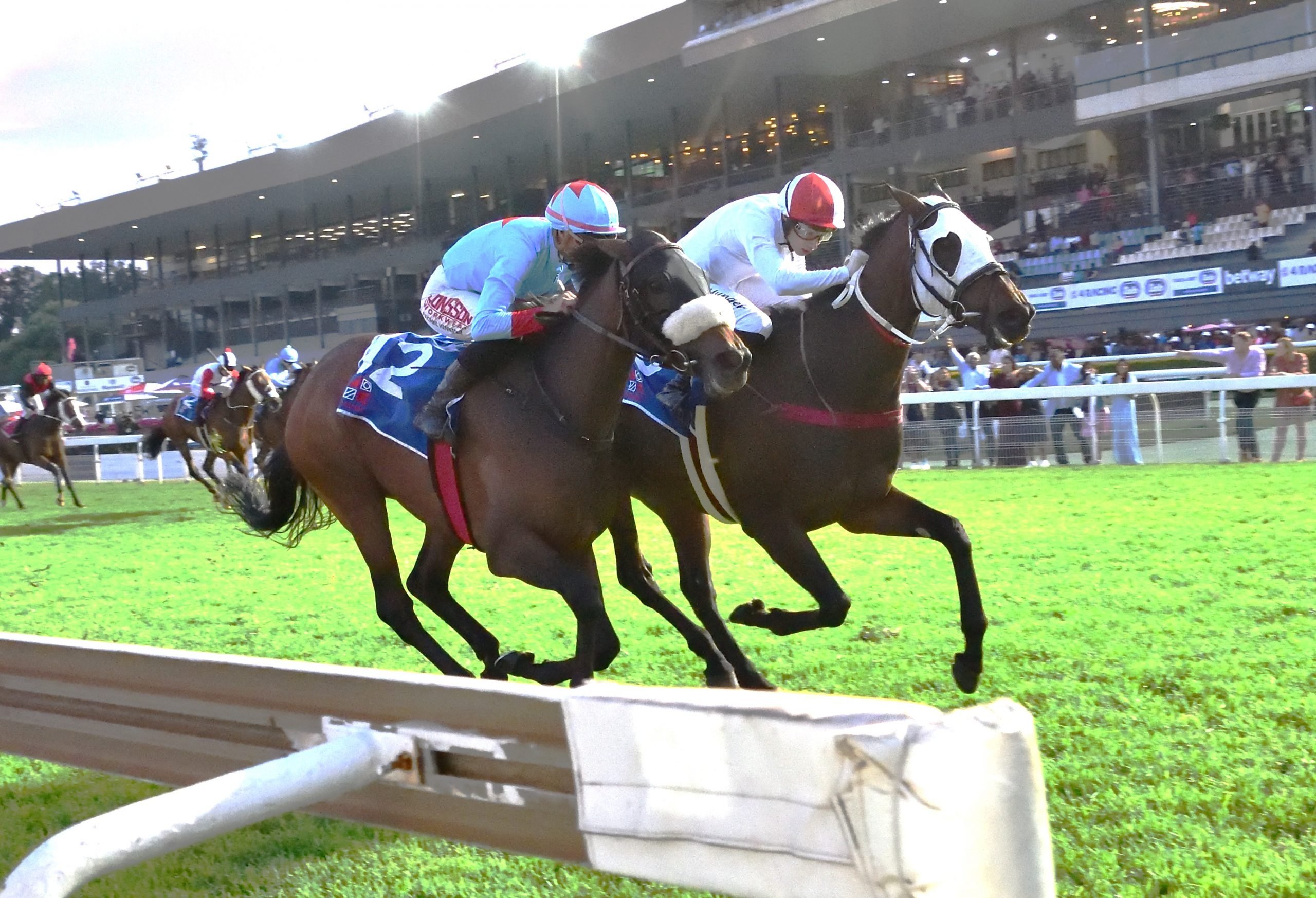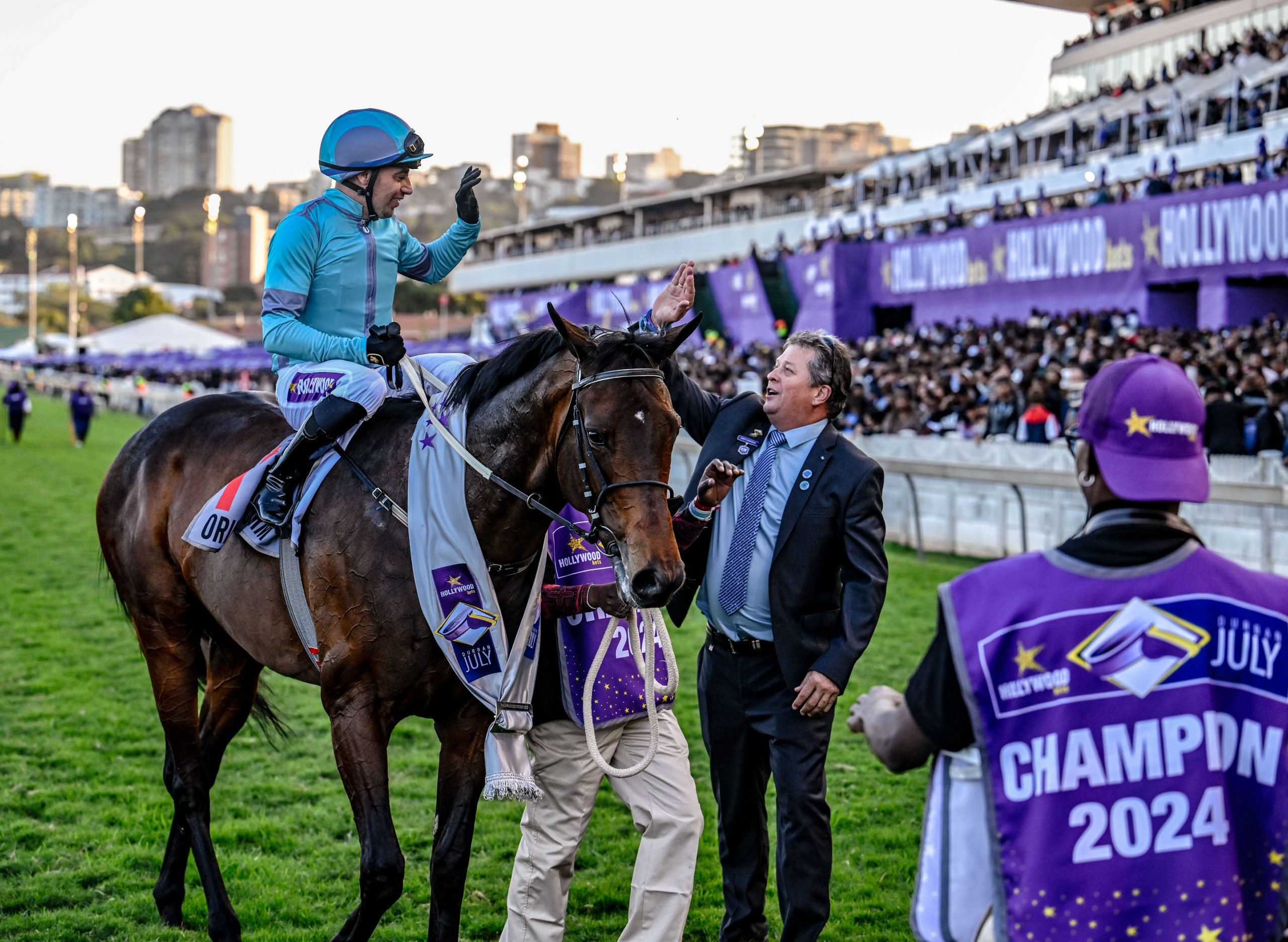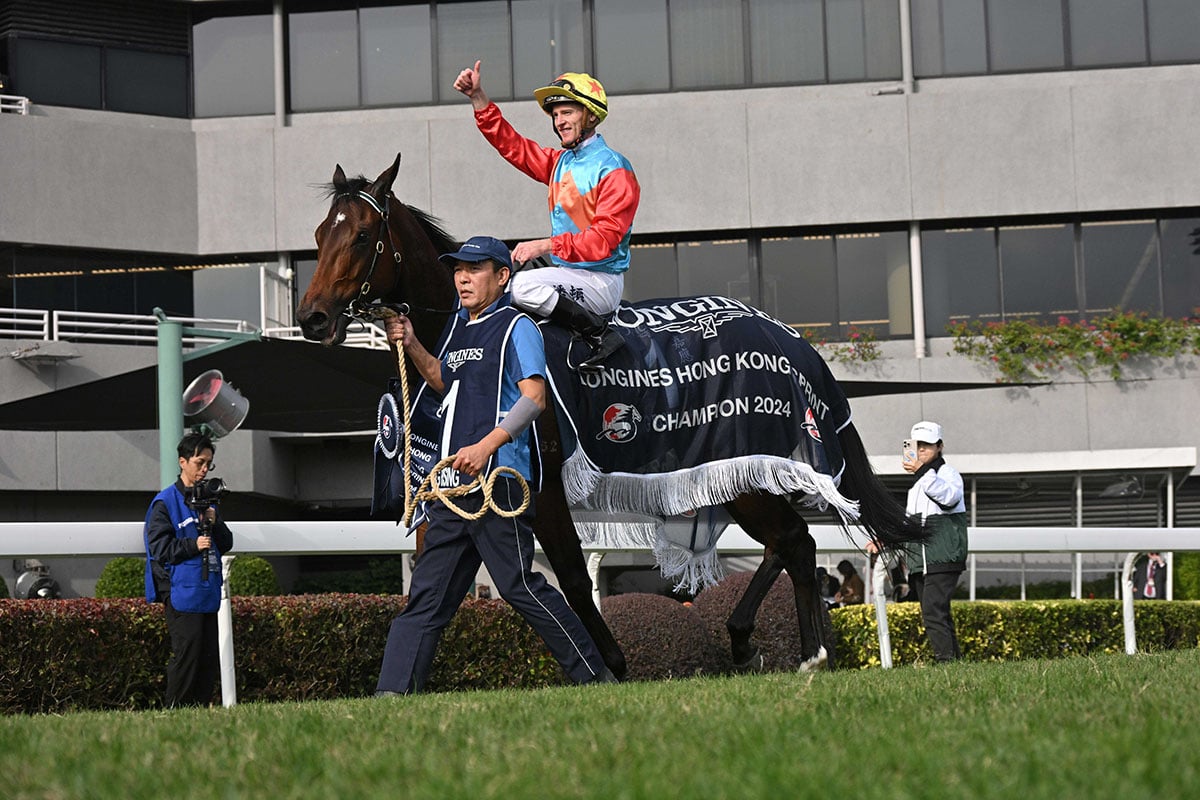Paula Cole (yes, my music taste really is that bad) sang, “Where is my John Wayne, Where is my prairie song, Where is my happy ending, Where have all the cowboys gone?” I am starting to wonder the same thing.
It’s probably not the best way to start a column, but I confess to being jolly cross. Capital Letters cross. And yes, it is about race 1 at Greyville on Sunday, 23 April 2017.
When the FOURTEEN HORSE FIELD (I am emphasizing the number deliberately), were ringing down at the START of race one, jockey Anthony Delpech noticed that thanks to the position of the false rail in relation to the position of the stalls, there was not enough room for all 14 horses that were patiently waiting to be loaded. Well, not if everyone wanted to share the same track, anyway. It subsequently transpired that two horses – Green Street Bloodstock’s Oligarch (trained by Dean Kannemeyer) and Ms V J Borg and Klawervlei Stud’s Freddie Flint (trained by Paul Lafferty) had to be scratched in order to make the field fit the well, field. Racing was delayed and two horses did not get a run at all, thanks to an issue that should never have been allowed to happen.
While the chat forums have already been buzzing with descriptions of ‘Gold Circus’ and the like, overall the sentiment seems to be one of disbelief and deep disappointment. It’s pretty hard not to disagree. BUT THIS IS NOT FUNNY. This is our KZN Champions Season.
I feel a bit silly saying all this as it feels like I have said it all a hundred times before. However, the fact that we are having this conversation again, proves that at a fairly serious level we still don’t get it. Somehow we manage to focus all our time and energy on all sorts of peripheral issues. In fact, almost anything other than where it counts – our horses.
Who is responsible?
It is my understanding that the local racing executive is in charge of overseeing the general track and course set-up on a race day and the official stipes report lists Arvin Maharaj as the Gold Circle Duty Officer for Sunday. The track managers would have had some input with regard to the configuration of the false rail and we know that the Greyville track managers are Ralph Smout and Kurt Grunewald. But before we start stockpiling our rotten tomatoes, it’s also worth bearing in mind that the NHA also has a role to play and is also tasked with being a ‘back-up’ and checking that things are as they should be before racing can commence. The Stipendiary Stewards on duty were Mr Sean Parker as Chief Stipe, Mr D M Anderson as Senior Stipe and Mr R Jeewanlall.
So we have somehow managed to sneak a potential disaster past a number of supposed checks and one has to wonder quite how it was possible.
I’m not sure how to do this in writing, but I want to take someone – in a position of authority – and shake them by the shoulders until their teeth rattle. How on earth does someone not do some basic maths to allow enough space for the carded runners as well as the false rail? And how does no-one notice this omission until the field is practically ready to load? What if a jockey had not noticed the problem until after the lever had been pulled – what might have happened then?
The bigger picture
Before Gold Circle think I am picking only on them, this is a far broader problem. As with so much else in racing, we appear to be missing the point. Which is that we are not care-taking our core business – our horses (apologies for the repetition, but that point does not seem to have hit home, so I may repeat it a few times).
I am sorry to be boring about this, but we have had ‘shocking’ starting stalls, stall gates that don’t open, stall gates that partially open, complaints about the running surface, complaints about the pull up, mystery devices that appear and disappear in saddle cloths, rules that get made (and ignored) depending on expediency, rather than the rather obvious reason that they are rules and probably implemented for a reason and therefore need to be obeyed. By everyone. And now we have an issue with the false rail. Given the recent similar incident up at the Vaal, it seems these things are catchy.
Made, not born
The first question that pops to mind is how anyone with an ounce of horse sense could have allowed this to happen. That question leads to the rather depressing answer that we have reached a point where most of our staff are not horse people anymore. This will not be a popular thing to say, but it is easy to fall in love with horses and buy yourself a racehorse. That does not make you a horseman. Only time and a lot of blood, sweat and tears creates horsemen. Not to get too ‘Velveteen Rabbit’ on you, being a horseman isn’t how you are made, it is something that you evolve into, gradually and over a long period of time. It’s not something you pick up in an afternoon.
These days racing is run, by and large, by business people. This is fine, as long as they stick to the business side of things. It’s when they start compromising the grass roots functions that things begin to unravel. We have administrators and track managers and bean counters, rather than ex jockeys, ex trainers and folks who know the feel of leather in their hands and whose bodies carry reminders of what happens when the basics are not adhered to. We need to know these things. And if we can’t, then we need to hire the right people to tell us – and we need to listen to them.
We change rules at the drop of a hat (sectional timing – yay!), we move dates of races at the drop of a hat (‘it’s good for racing!’), we adjust the distances of races, we throw our stakes out of whack, we organise huge parties and loud bands and all manner of celebrities, impressive installations and side shows on our big days. Why? To suit us. Anyone spot the small flaw in the logic here? The elephant in the room is the 500kg animal that we all depend on. You know, the one that we cannot even get correct in our marketing photos for our campaigns and ads. And if we don’t even know our own product, then is it any wonder that things go wrong?
People, and by people I mean customers, are not stupid. They can smell insincerity and incompetence a mile away. If we give them a sub standard product and substandard service, they are not going to come back. At this stage we are not even servicing our industry stake holders at the most basic level, let alone the lofty aspiration of serving customers or (shock horror) shooting for the stars and trying to attract new ones.
Deja Vu
I covered much of the same material when discussing the Vaal incident, which makes it all the more puzzling that a mere few weeks later we are seeing a very similar set of problems. We seem to be in danger of getting to the point of having to write a race day check list. No 1: a serviceable track (all the way round), functional starting stalls, the false rail correctly placed, other rails correctly placed…
Folks. These are not ‘nice to have’ items. These are things we need to have in order to conduct a race meeting safely, along with other boring items such as vets, first aid staff, ambulances, handlers at the start, etc.
I understand that we are all human and that mistakes do get made, but you cannot overlook basics like these when there are lives and large volumes of betting revenue at stake.
The NHA launched an investigation into the Vaal incident. I’m not sure we’ve heard any result (never mind an apology from the Operator), so it’s difficult to predict what might happen here. But the question needs to be asked, how were either of the race meetings allowed to start? Better yet, what safeguards will be put in place to make sure incidents like these will not be repeated?
The state we’re in
The great dressage master Nuno Oliveira famously said, “The horse is the best judge of a good rider, not the spectator. If the horse has a high opinion of the rider, he will let himself be guided, if not, he will resist.” Well, it seems not only is the horse resisting, we seem in imminent danger of losing our grip on it altogether.
As we have unfortunately seen just last week, our training tracks are not great in terms of security. We still don’t have a full-time Stipe in Kimberley. Former jockeys, who retired on a a disability payout, are being allowed to ride again, jeopardising the existing and future cover for other riders. As no one else wants to tackle that one head on, I’ll do it. Sorry guys, I’m sure you are both lovely blokes, but it’s making things rather difficult for everyone else. We still don’t have a proper system in place to manage and work with our grooms – and somehow see fit to punish trainers who do their best to follow the letter of the law in dealing with their staff. The every day, bare necessities of getting the job done so that we can put on the show are slowly coming apart at the seams.
Racing execs can fly all over the country and the world at the drop of a hat, we have time and energy for ill-conceived marketing campaigns, whopping executive salaries, random stakes hikes, eye-popping amounts spent on websites and now there is news of big development plans for Kenilworth. But there is not enough money to secure our training facilities, establish a decent Thoroughbred aftercare programme, or adequately staff the NHA.
With the horses stolen in Philippi, it took the NHA three days to take action and while an enquiry is all good and well and will hopefully produce something worthwhile, not to put too fine a point on it, it didn’t help the horse which had been dead and buried for two days by then.
The fact that I know the industry is under pressure makes me feel wretched for saying this, but folks, it’s just not good enough. It’s not good enough for our horses (the thing this whole system hinges on) and it’s not good for the rest of us, either.
I will no doubt be accused of being negative, but as we have heard clearly from both our Operators lately, our turnover and revenue are in decline. We have just seen the latest set of results from Phumelela who seem to be flying (and good for them), while bemoaning the fact that racing revenue continues to slide.
We need customer trust and confidence more than ever. That means getting the basics right. And getting the basics right requires getting the right people in to do the job (and letting them get on with it). Perhaps if we kept our eye on the ball and made the horse our priority – as it should be – then there would not be the need to waste valuable time and energy spinning stories. Perhaps once we have exhausted all the other options, we will do the right thing.


